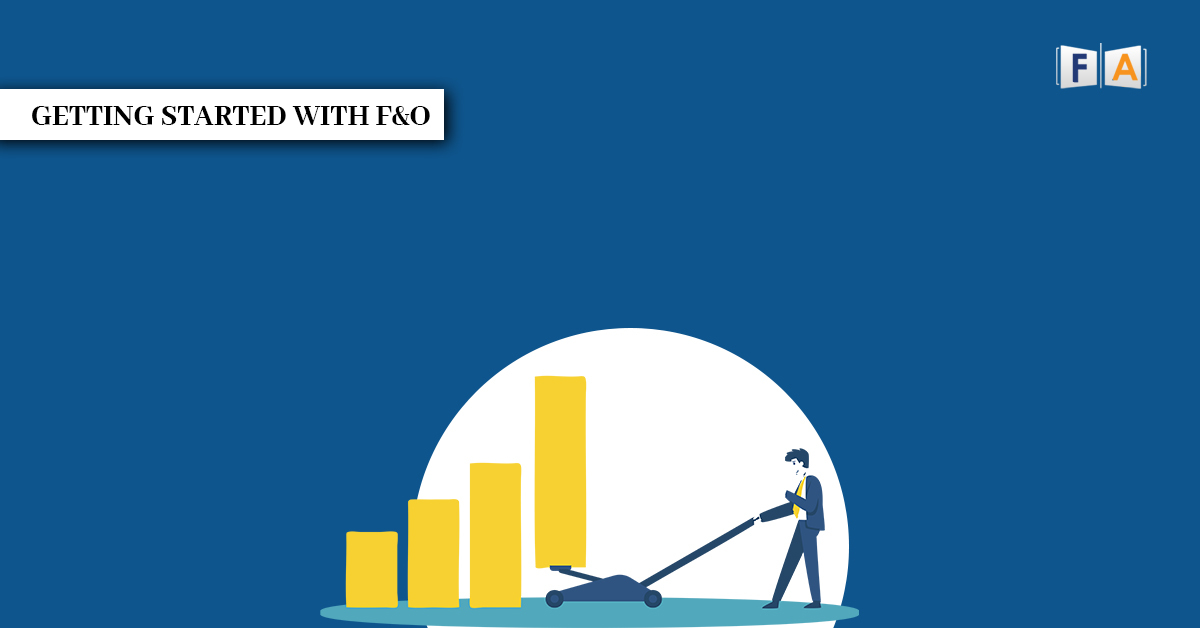
Getting Started With F&O
The world of investing is wide and multifarious comprising everything from stocks and bonds to mutual funds and derivatives. You might be aware of most of these but if the last word there has put you in a fix, don’t you worry!
In this blog, we will discuss two types of derivatives, namely – Futures and Options and fill you in on all the tea so that you can be off to a great start. Hang on for a moment though, because first, we’ll discuss what all the buzz about derivatives is.
So, What are Derivatives?
Unlike our good Ol’ equities, derivatives are slightly complicated beings. These are financial contracts made between two or more parties and their value is derived from the asset about which the contract is made. These are called underlying assets and can include a variety of commodities.
Being the brainiac of the investing world, derivatives are considered to be an advanced form of investing. There are four basic types of derivative contracts – Forwards, Futures, Options and Swaps and are often used as a hedging strategy. Now let’s uncover the following two types of derivatives!
What are Futures?
Future Contracts have a pretty self-explanatory christening. These are a type of derivative contracts where the price at which the underlying asset will be bought or sold as well as the date in the future when the trade will take place are predetermined. When the expiration date rolls around the buyer or seller has to buy or sell the asset for the strike price irrespective of the current price of the asset at that time.
Here, the predetermined price is known as the Strike Price, the market price at the time of the trade is known as the Current Price and the pre-decided date when the trade will take place is known as the Expiration Date.
A future contract allows traders to lock in the price of the commodity based on their speculations about the future price movement of the commodity.
What are the Options?
Options are also a type of derivative contract and are very similar to futures but with a twist. While these contracts also have a predetermined strike price and expiration date, the twist is that when the expiration date does come around, the buyer or seller has the option to not go ahead with the trade. They can choose to opt-out of the contract and cannot be forced to buy or sell the underlying asset on or before the expiration date.
Now, there are two types of Options. One’s called a Put option and the other’s called a Call option.
The owner of the put option has the right but not the obligation to sell the underlying asset on or before the expiration date. This means that he/she can sell the underlying asset but cannot be forced to sell it if he/she doesn’t want to.
A call option on the other hand gives the holder the right to buy the underlying asset on or before the expiration date but again he/she cannot be forced to buy it if he/she doesn’t want to.
How to start trading in futures and options?
1. Open a brokerage account. A Demat account is not required.
2. Log in to the portal and browse through various futures and options contracts.
3. Research and choose according to your suitability.
4. Finalize the choice and put in an order.
That’s all for this blog. We have covered some basic information about F&O trading and if you are looking for a course, FinLearn Academy offers one of the best online courses on Futures and Options trading whether you are looking for a beginner friendly course or an advance option trading course.





